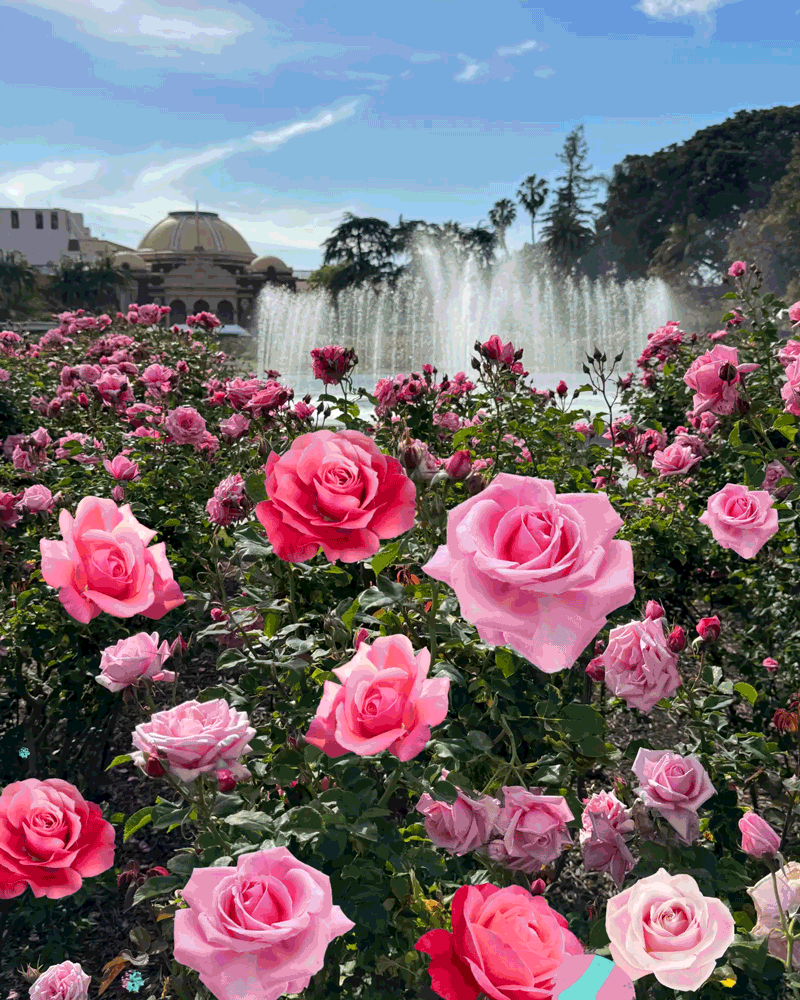Future’s Rosy for Norwegian Craft
- Share via
OSLO — One of the most distinctive of the traditional Norwegian crafts is rose painting: the art of decorating building interiors, wooden furniture and household objects with colorful designs.
A current renaissance in the art form is producing exquisite hand-decorated bowls, platters, vases, sewing and jewelry boxes, mugs, cradles, chests and other furniture.
These items are among the most sought-after souvenirs from Norway.
Although many of the old paintings are of roses and other flowers, the term rose painting refers not only to floral motifs but to decorative painting in general. Some of the paintings depict country life or historical scenes. Some are of baroque geometric patterns.
Rose painting is essentially a rustic art, developed in rural villages tucked into isolated valleys and fiords. The oldest dates back to about 1700.
The art was initially practiced by untutored local craftsmen who copied techniques and styles introduced by itinerant painters from Germany and Eastern Europe. As time went by, local painters in different regions of Norway developed distinctive motifs, techniques and color preferences.
The tradition entered another phase in the 18th Century when a boom in rose painting coincided with a period of prosperity that came to the Norwegian countryside as a result of advanced farming techniques and increased timber sales.
As prosperity increased, so did communication between towns and the countryside. Since the country craftsmen were no longer as isolated, a more consistent style developed in which figurative paintings were surrounded by floral and geometric motifs.
The new style reached its peak during the 1850s, and in many places prevailed until after 1900.
Examples of antique rose painting can be seen in Oslo’s art and craft museums and in old buildings that have been removed from around Norway and brought to the Norwegian Folk Museum, just outside of Oslo.
Rose painters are now most often found in Norway’s southern rural regions, especially near Oslo in remote areas that have remained somewhat detached from mainstream modernization.
Rose painting from the two regions differs in style. Painting from Telemark is ornate and rococo, and still bears the influences of 18th-Century French court painting. Patterns from Hallingdal to the north are applied in a thicker and more rustic fashion. Although the rose-painted objects were originally intended for ordinary daily use, they are now considered primarily decorative.
Rose painting of the Hallingdal type is more difficult to find because it is often sold privately. But rose-painted items from both Hallingdal and Telemark are available for purchase through Husfliden, a chain of special shops offering fine traditional handcrafts. There are Husfliden shops in most Norwegian cities and tourist centers. Most specialize to some extent in items made around the town in which they are located, but the two largest--in Oslo at Mollergaten 4 and in Bergen at Vagsalmgaten 3--offer items gathered throughout Norway.
The shops have a large selection of rose painting from Telemark and some from Hallingdal. Included are deep dish bowls (from abut $120 to $250, depending upon size and intricacy of the painting), large bread trays (about $240), small covered boxes (about $150), larger storage boxes with handles and spring catches (about $240), dowry chests (from about $600 to $700, depending upon size and intricacy of the painting), wall clocks (from about $125), planters and baptismals (from about $150) and cradles (from about $680).
Rose-painting demonstrations and classes are offered through prior arrangement. For the classes, participants are transported from Oslo to a farm in Norway’s rural south, where local rose painters conduct workshops.
For workshop schedules and reservations, contact Den Norsk Husflid, Mollergaten 4, 0182 Oslo 1, Norway, phone 011-47-2-421-075.
The highest quality rose-painted objects are made in the traditional way, often from pine wood. Some artists even hand-craft their pieces using antique tools.
But traditionally made items are all hand-painted in blue/green, red, dusty pink, brown, black and white.
Some objects are left in their natural light wood color before the decorative motifs are applied with oil paint. Although similar patterns may be used, each piece is painted freehand and is therefore distinct. Roses, pansies, daisies and feather-like leaves in contrasting reds, blues, ochers and greens, with white and black accents, are frequently used, but scenes from fairy tales or traditionally costumed characters are also prevalent. Some objects are decorated with Norwegian aphorisms scripted in beautiful old-fashioned calligraphy.
Some mass-produced rose painting of lesser quality is sold in tourist souvenir shops throughout Oslo and Bergen. It is less expensive, but it also has less character and value.
Other sources for genuine rose painting include Heimen Husflid at Rosenkrantzgate 8 in Oslo and Bryggen Husflid at Bredsgarden 2 Bryggen in Bergen.
Prices for genuine rose painting are about the same in all shops.
Anyone who is not a resident of Norway, Sweden, Finland or Denmark is entitled to a tax refund of 10% to 15% on goods purchased for export. Prices quoted in this article reflect currency exchange rates at the time of writing.
More to Read
The biggest entertainment stories
Get our big stories about Hollywood, film, television, music, arts, culture and more right in your inbox as soon as they publish.
You may occasionally receive promotional content from the Los Angeles Times.










